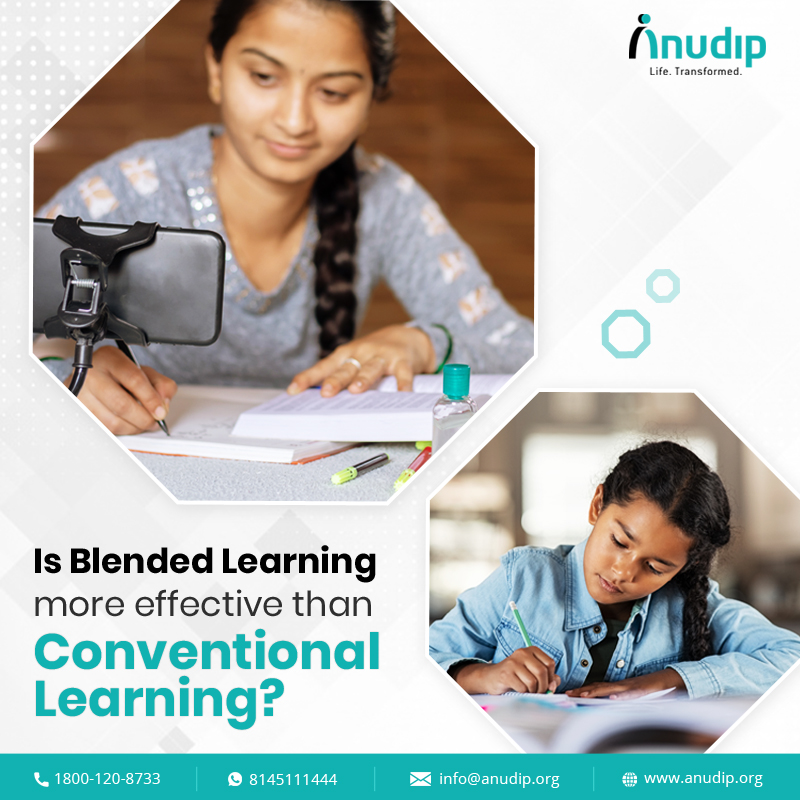
Knowledge is the bedrock of civilization and education is the process of disseminating knowledge and to get learners ready to face the challenges of the day and future. No nation can progress if its edifice of education is weak and crumbling. A large number of issues plaguing our society – economic disparity, unemployment, lack of opportunities, corruption, superstition, and conflicts, among others, can be laid at the door of lack of educational opportunities for everyone. The stark divide between the haves and have nots in our society can be traced back to the lack of opportunities for quality education amongst the deprived and the underprivileged. It appears the conventional learning approach is not uniformly implemented all across and there are questions of quality and affordability. One of the ways disparities in disseminating education can be addressed is by using blended learning. The use of technology can be the equalizer wherein students living in rural or underdeveloped areas can access quality education, which is comprehensive and effective. Let us first understand what blended learning is all about and how does it fare against conventional or traditional learning.
What is blended learning?
In this type of learning approach, there is a combination of both traditional classroom teaching and the use of electronic and online technologies like computers, multimedia, etc. It requires both teachers and students to be a part of an interactive environment like a classroom where education is imparted by blending technology and the conventional learning process. Here, students get more flexibility in learning and the outcome is significantly better than the conventional style of learning. In blended learning, the content is customized to the extent that learners can easily access it at their time, place, and pace.
Why is blended learning better than conventional learning?
Conventional learning is all about classroom teaching where the quality of learning depends on the ability of the teacher to keep the learners engaged. Here, teachers use learning materials like books, notebooks, charts, and other objects to drive home the finer points of a subject. However, the materials can often turn out to be drab and non-engaging resulting in the learner not grasping everything that has been taught. On the other hand, in a blended learning environment, learners can leverage materials that are available online such as multimedia, etc. So, when the learning materials are available in a video format the learners are able to grasp the subject better as moving images are better registered in the mind than text. The other reasons that go in favour of blended learning are as follows:
# Better access to resources: In blended learning, students can access the vast trove of resources available online in the form of videos, infographics, PPTs, blogs, or articles. By accessing them at their time and place, students can understand the concepts better and at their own pace. They do not have to compete for the teacher’s time, attention, and other students’ pace of learning. This is an easy, convenient, flexible, and effective mode of learning.
# Greater control of learning: Here, the students need not be in sync with the teacher’s time but follow learning at their pace. This provides greater control of learning for them.
# Ease of using digital technology: Since most students are adept at using digital devices, technologies, tools, and online resources, blended learning gives them a higher degree of convenience and flexibility.
# No fear factor: In a conventional learning environment, not all students can query their teachers directly given the fear of facing embarrassment before their peers. However, in a blended learning environment, students can do away with anxieties over grades and fine-tune their learning process.
Conclusion
A blended learning environment is remarkably better in imparting education by using digital devices, online materials, and tools. It gives greater flexibility to the students in understanding the concepts that are part of the syllabus and help them to fare better in examinations. Such an environment can be of greater help in executing a skill development program for aspirants who may find it difficult to understand the complex concepts that are part of the program.